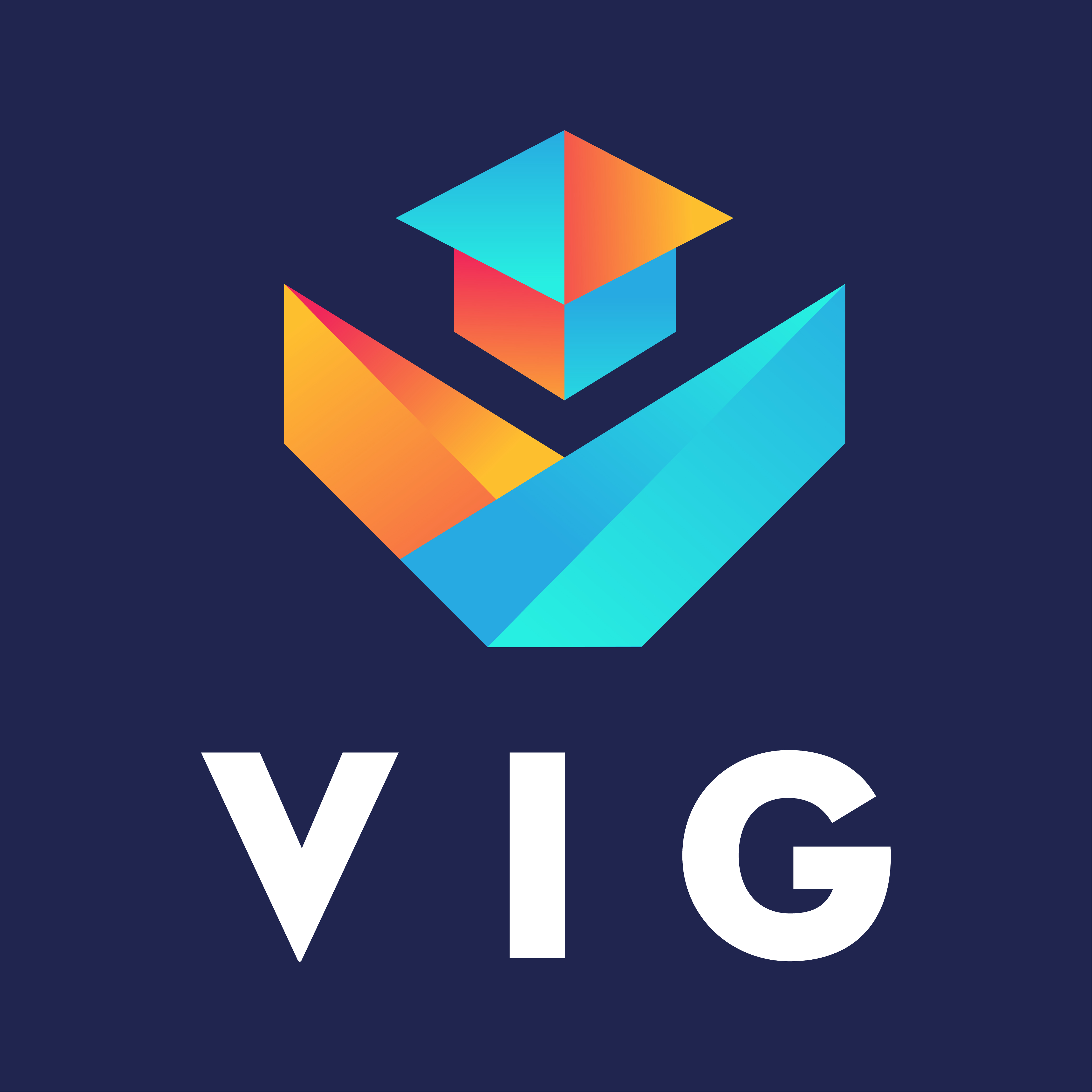Microlearning
Are you aware of the importance of microlearning in any learning process? It has gained quite a popularity over time because of its exceptional benefits and success. Microlearning is a learning process that involves delivering the learning content in a short time in chunks. In simple words, it is a learning approach in which new information is provided to the learners in pieces in a particular time frame.
Microlearning is highly beneficial for employers as it helps you save a lot of time and money. This is possible by condensing large amounts of information into small bite-sized training drives that are more interactive and enhance knowledge retention for all learners.
The time of lengthy PowerPoint presentations and extensive learning management systems is long gone. Nowadays, both course creators and learners look to deliver or learn the desired information in a shorter time in an engaging way. This is possible with the help of microlearning. By adopting microlearning according to the needs and behavior of the modern workforce, you can get more effective, cost-efficient, and engaging results.
Here is a comprehensive guide on whatever you need to know about microlearning, including its limitations, benefits, and best practices.
What is Microlearning?
Before getting into other details about microlearning, we must discuss it. Microlearning is a method of teaching or delivering the information to learners in chunks or 3 – 5 minute bursts whenever needed. It is vital to do it with a specific and focused learning outcome. In this type of learning, everything is in the control of learners, from what they are learning to when they want to do it.
Therefore, one of the significant benefits of microlearning is that you can complete the training depending on the time you get from your busy schedule. You can understand it better with this example as you are learning most of your daily information from social media or news in a quick burst for a few minutes. Microlearning content replicates your existing behavior and provides access to engaging and easily digestible information.
The basis of the whole concept of microlearning is the ‘forgetting curve' introduced by Hermann Ebbinghaus. According to this curve, when people take in a lot of information, the retention of learned information degrades or decreases over time. This curve claims that people lose 80% of the knowledge or information they learn monthly. Thus microlearning tends to break the forgetting curve and be more effective in learning ability.
What are the Examples of Microlearning?
There can be various types and forms of microlearning content. The significant demand is that it should be short. Some examples of microlearning formats are given below;
- Images including visuals, photos, and illustrations
- Texts such as short paragraphs, hints, and messages
- Videos that are then posted on social media are short and snappy explainers videos
- Audio, for example, little snippets of music or speech
- Interactive elements such as quizzes, flashcards, games, and other gamification mechanics
The best microlearning platforms that become successful in enormously engaging their audience all utilize a variety of content formats. They provide you with the type of experience you get by scrolling through any social media platform and getting chunks of knowledge or information.
The primary purpose of microlearning is to make the learning process much more fun and engaging for learners. It will help pick up new knowledge efficiently and keep the users motivated to learn more. Therefore, you can use this learning technique for various purposes, from hiring new employees to launching new company-wide safety initiatives.
What are the Benefits of Microlearning?
Now that we have discussed what microlearning is in detail and its various types or examples, it is time to get to its benefits. Below mentioned are some of the highly considerable benefits of microlearning.
1. Less Time Consuming
As mentioned a couple of times above, microlearning is simple and quick. In this type of learning, the learners can learn new information or skills or refresh the old ones within minutes. This way, the learners can optimize their time and learn new things while at work just by scrolling through their phones.
According to an estimate, in a working week, the employees only get 1% of their working time to learn new things and develop new skills. Therefore, such a restrictive schedule demands utilizing the given time in the best way possible for better learning outcomes.
2. Easy to Deliver
As microlearning is easier to deliver, it saves a lot of time and effort for the employer as well. You only have to use the right microlearning tools and create a compelling and engaging course; the rest will go well. This saves all the time and effort that might go into preparing in-person training sessions and writing long-form compliance mutually.
With the help of microlearning, creators can create and deliver courses within minutes. This helps set your learning priorities straightaway and can quickly change business goals as well.
3. Enhances Engagement
The chunks of information or bite-size knowledge are more engaging than long presentations and in-person training sessions. Most company employees would agree that taking in communication would be more accessible if given in chunks or shorter.
It is not only quick to complete but also highly interactive because it mimics the addictive content that we consume on our social media accounts daily. For example, short, snappy videos and interactive quizzes attract more learners and keep them more engaged than any PowerPoint presentation.
4. Good for Modern Learners
The method of consuming knowledge has changed over time with the rise of technology. Now the short mobile-friendly content would win over lengthy, complex training courses anytime. Most users gain knowledge or new information through mobile phones; thus, it is necessary to understand its significance.
This is why microlearning and mobile learning are closely linked; one cannot survive without the other. Microlearning provides information in 3 – 5 minute bursts and surfaces the training in various formats familiar to the learners. Integrating microlearning into your training will ensure that your content impacts the learners and you have delivered it successfully.
5. Enhances Knowledge Retention
We have already discussed that microlearning increases knowledge retention and is a better and more effective way to learn new information. According to proper research, microlearning can enhance the focus and supports long-term knowledge retention by a solid 80%.
Therefore, it is clear that microlearning is essential for learning new knowledge and also great for revising or refreshing old knowledge or courses. This helps improve the learners' overall performance, ensuring they consume the proper expertise whenever needed.
6. Ensures Self-Paced Learning
Unlike traditional LMS courses, microlearning induces self-paced learning. Not everyone has the same pace as the traditional LMS courses demand as they are often relatively rigid in structure. It enables you to learn and complete the course according to your time and pace whenever or whatever suits you.
Thus we can say that microlearning is a flexible type of learning that enables the learner to learn according to their schedules quickly. This increases course completion rates and ensures that the training is an opportunity to learn and not a hindrance to the learners' workflow.
What are the Limitations of Microlearning?
After discussing the benefits of microlearning, how can we leave out the limitations? Here are some rules of microlearning that you might need to know.
1. Not Ideal for Complex Topics
Microlearning is highly effective for providing quick information but is not very good with complex topics. If your course or training learners need an in-depth understanding of a topic or require time to develop a skill, you will have to opt for any other learning method.
2. Requires Extra Expertise
According to us, anyone could get started with microlearning. But we cannot ignore the fact that it requires additional expertise to create short but fun and engaging content. It requires more skill to convert complex, lengthy, and tedious information into something bite-size and highly interactive. If you think you might struggle with the expertise, you can always get help from a learning consultancy that will guide you through the process.
Comparing Microlearning and Just-in-Time Learning
As we have already discussed microlearning in detail, let's discuss the definition of just-in-time learning and the significant difference between them. Just-in-time learning is the type of learning in which the learner only pays attention to the information they need immediately or that they can implement at present. This enforces that you only learn the skill or knowledge currently applicable and the skill gap you have identified.
The significant difference between microlearning and just-in-time learning is that microlearning enables you to complete an entire course or training in a short time or chunks of knowledge. But in this method, everything is interconnected. While in the case of just-in-time learning, it provides the learners with the information they want or need to know at the moment. This includes quick product guides, specific definitions, or anything that doesn't require complete training or learning a module or course.
Summing Up
Microlearning has become quite popular among course creators and learners, and all of it is because of its high effectiveness and success. It enables you to learn according to your pace in a fun way that doesn't require much time or effort. Therefore, it is always an excellent option for any course creator to integrate microlearning for better learning practices and greater efficiency in the learning process.
Even though this learning method has some obvious limitations, it is still one of the best ways to learn new information and refresh the old without inconvenience. You can integrate it into mobile learning, which is highly preferred now. With it, the learners will not have to take out particular time to learn; they could scroll down their phones and feed their brains with new knowledge.
So, it won't be a wrong decision if you think about integrating microlearning into your new course. It will surely be helpful for your learners as they can manage the learning according to their available time and pace. It will make your content more engaging and better than any complex or lengthy PowerPoint presentation that you might be thinking of. It is time that you plan and create an exciting and practical learning course now with the help of the microlearning method.
Share this
You May Also Like
These Related Stories

Unlocking the Power of Universal Design for Learning Basics

How to Manage the Learning Environment

No Comments Yet
Let us know what you think